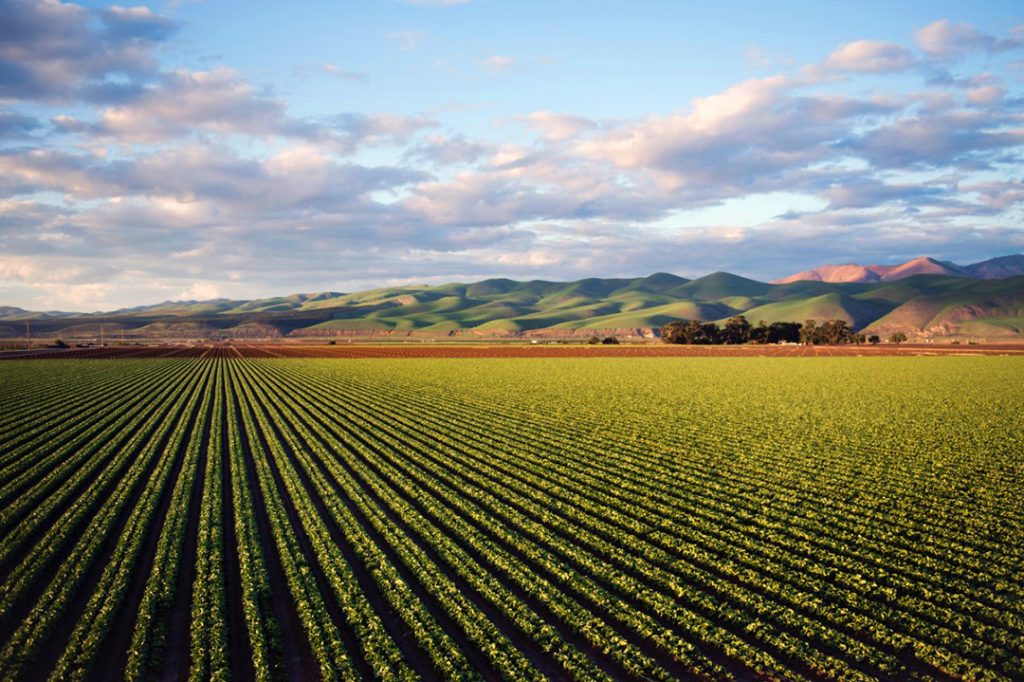
Our tribe here at Foerstel keep it conscientious as consumers. We think everyone has the right to know as much as possible about the food they’re putting in their cart. Genetically modified and bioengineered foods have been a hot button issue for a long time and after Congress’ Food Disclosure Law passed in 2016, the USDA has proposed a new labeling standard.
The new standard required foods that are genetically modified to be labeled clearly in one of four ways. The first is by utilizing the new USDA-approved symbols here:

The only other labeling options are
- Text clearly on the packages to the effect of “Bioengineered Food.”
- A scannable digital disclosure (e.g. a QR code) with clear language like “scan here for more food information” and contact info.
- A text digital disclosure with given language “Text [command word] to [number] for bioengineered food information.”
Package designers and manufacturers need different communication options not just so their work can look good, but so the information is accessible on a wide range of mediums. However, if we have to scour a package as we do our shopping for one of any four marks (and variations of some of them), information could easily get lost.
USDA has gotten some criticism so far for allowing such variance in labeling. There might be too many confusing options – more clear and consistent visual language helps everyone understand the contents of their purchases better. We’ll always let information help inform our design, and we at Foerstel will keep these marks clearly visible to shoppers.
But what counts as bioengineered (“BE foods”)? What has to have a label?
The USDA has a published list of food products that, alone or as an ingredient in a food, must have a label unless they have demonstrated documentation that their product is not bioengineered. Some notable food that will start getting the label are corn, potato, soybean, and sugarbeet – a full list is available on the USDA website.
This is a great way to start and lots of commonly bioengineered foods will get their label under this system, but there have been a few points of contention. For one, any foods with most meats as the first ingredient won’t be subject to the new labeling standard. If a product is 50% chicken, for example, and the rest is 40% bioengineered corn and 10% seasoning, it will not be required to have a label.
Additionally, certain heavily refined food products won’t need the label. Refined sugar from bioengineered sugarbeet, for example, isn’t required to carry the label. There isn’t any significant genetic material in the pure sugar you buy so BE sugar is exactly the same as non-BE. However, many want to know about the supply chain and where exactly their sugar is coming from, so we’re hoping for a revision to the rule.
USDA has published a very informative and thorough webinar available to everyone that explains the new regulation and their thinking behind the decisions. We highly recommend giving it a watch to understand the coming changes to your local shopping aisle.
Foerstel wants design to be informative. The more information for the consumer, the better. USDA continues to receive comments on their coming system, so if you have concerns about the new standard you can reach out to them here. Shop smart, and keep an eye out for the new labels coming to your favorite Foerstel-designed packaging!
